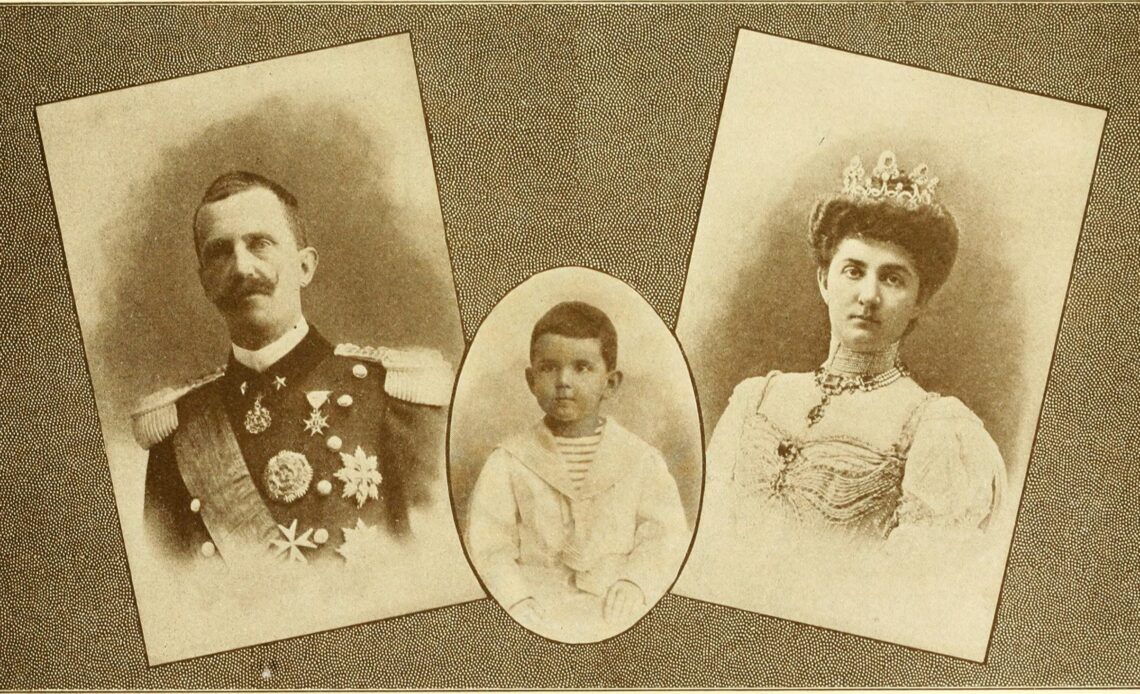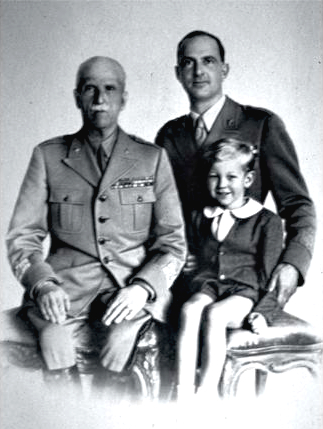
Up until 1861, when the peninsula was reunited to include more or less its current territory, Italy was home to three major states: the centre was under the rule of the Vatican, the south was called the Kingdom of the Two Sicilies, and the north was under the domain of the Savoy dynasty.
Ultimately, the latter prevailed, and the Italian peninsula was reunified under King Victor Emmanuel II of Savoy, who took for himself and his descendants the title of King of Italy.
The process was everything but painless, with sacks of resistance to the Savoy rule brewing all throughout the southern part of the boot. To this day, there is a movement that calls for the restoration of the Bourbon kingdom in the south of Italy, that has reached the peak number of consensus in 2011, surrounding the celebrations for the 150th anniversary of Italy’s reunification.
Four generations after King Victor Emmanuel II, Italy became a republic. The last monarch, King Umberto II, was nicknamed the “May King” because his reign only lasted from 9 May to 12 June 1946.

On that day, the results of the referendum that allowed the Italian people to choose if maintaining the monarchy or becoming a republic were published, with the republic winning by a slim majority. The referendum also marked the first time that women were allowed to vote in the country.
But why did the republic option win? To find an answer, we have to look back at King Victor Emmanuel III’s reign and how his one decision changed the course of history for the country.
Following World War I, Italy was devastated economically and was seeing rising tensions between left (with Marxism being quite a strong ideological force) and right (made mostly of conservative liberals). This was the explosive mix that led to the rise of fascism and the subsequent decline in popularity of the monarchy.
The Italian electoral system has always worked more or less the same, at least generally: there are elections to vote for members of the parliament; the leader of the party that has the most votes gets selected by the head of state to explore the possibility to form a government if the party has not obtained a majority of seats in parliament that would allow it to govern on its own. And since Italy has never been a bipartisan country, but rather a country that has a lot of smaller political entities, this is almost always the case. If the leader of the most voted party cannot form a government, the head of state can proceed with a “technical government,” meaning that the potential Prime Minister is not a politician or is a politician from a minority party.
When, in October 1922, Benito Mussolini marched on Rome, the King refused to sign a document decreeing a state of emergency in the capital and instead asked Mussolini to form a new government. This was within his powers as a monarch but was contrary to the custom, as Italy already had a government. Mussolini’s party had only gained 0.45% of the votes (which awarded them two seats in the House of Representatives) in the 1921 political elections.
What followed were the two darkest decades in the country’s history: fascism essentially obliterated civil rights, disbanded and outlawed political parties and materially undermined the bases of the still-fragile Italian democracy.
Following the deposition of Benito Mussolini, which King Victor Emmanuel III supported, ordering Marshal Pietro Badoglio to form a new government, Italy was divided once again, between the north, occupied by Nazi Germany, and the rest of the peninsula, being occupied by Allied Forces.

For many, the monarchy was responsible for all of this, which is why, when given the choice, 54.27% of the population opted for Italy to become a republic. In an impressive turnout (with 89.08% of eligible voters showing up to the polls), Italy became the republic it still is today.
But what happened to the Savoy dynasty? King Umberto II died in Switzerland in March 1983. Since then, his son, Vittorio Emanuele, Prince of Naples, has been racking up scandals, with accusations of racketeering, anti-semitism and even murder. However, he was acquitted of all charges following trials.
His heir, Prince Emmanuel Filiberto, has been dabbling in the political scene without much success. In July of 2020, he founded his own political party, called Reality Italy (Realtà Italia, a word play on royalty/reality), citing a poll that showed that approximately 15% of Italians would support the return of the monarchy, and 8% would approve of him being reinstated as king.
He is married to French actress Clotilde Coureau, and they have two daughters, who, according to the last royal decree, are not eligible to become sovereigns because of their gender. Prince Emmanuel Filiberto also took part in several TV shows, including the Italian version of Dancing with the Stars. He revealed that he had substance abuse addictions in his youth; he had three surgeries between 2011 and 2019 to remove a tumour from his paranasal cavities. Prince Emmanuel Filiberto and his family have a permanent residence in Monte Carlo, Monaco. However, since 2002, the ban on male heirs to the Savoy dynasty living in the country ended, so he also has a house in Umbria, central Italy.
It seems pretty clear that Italy is not planning on becoming a monarchy again any time soon; however, history has shown time and time again that the most unpredictable things can happen.

